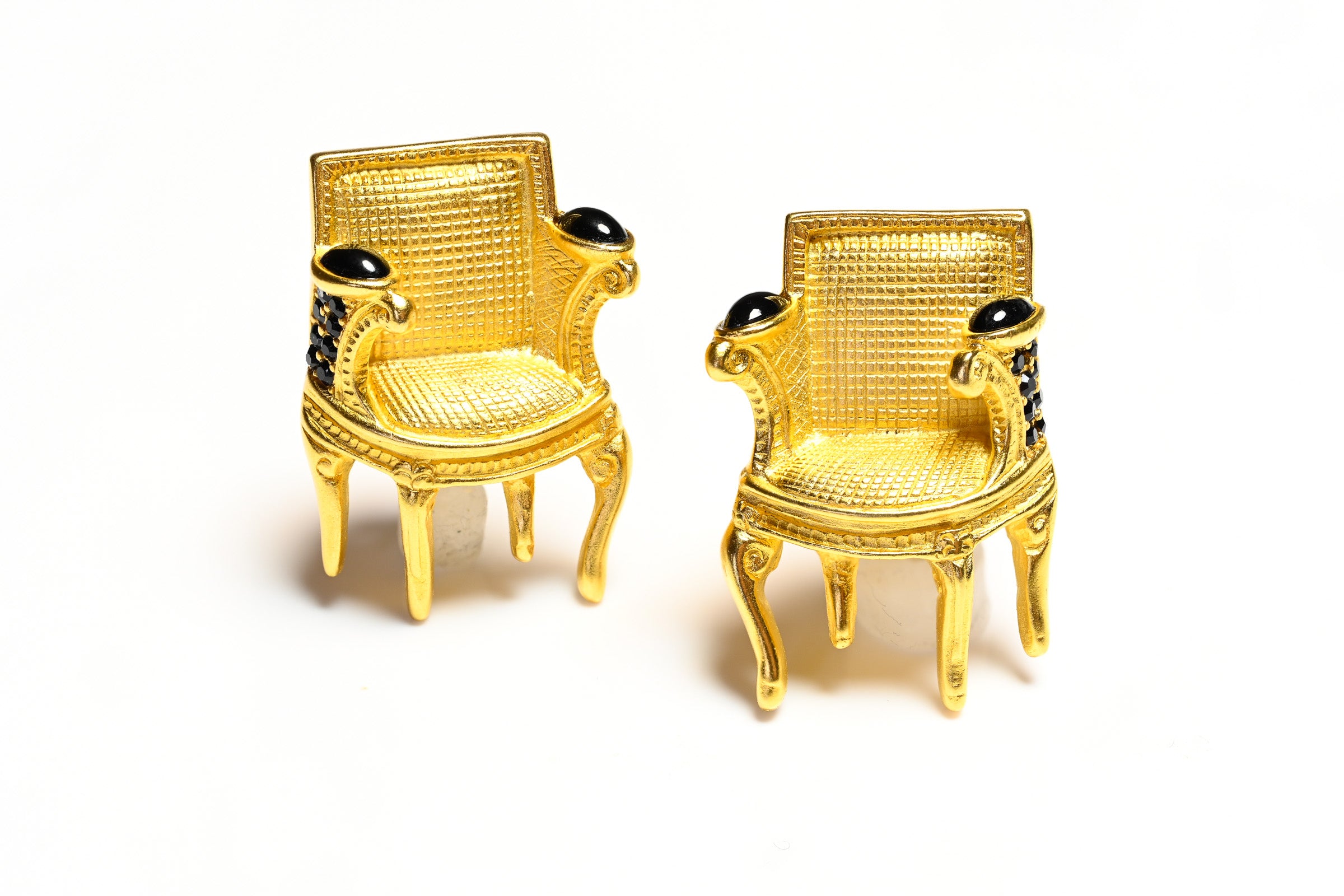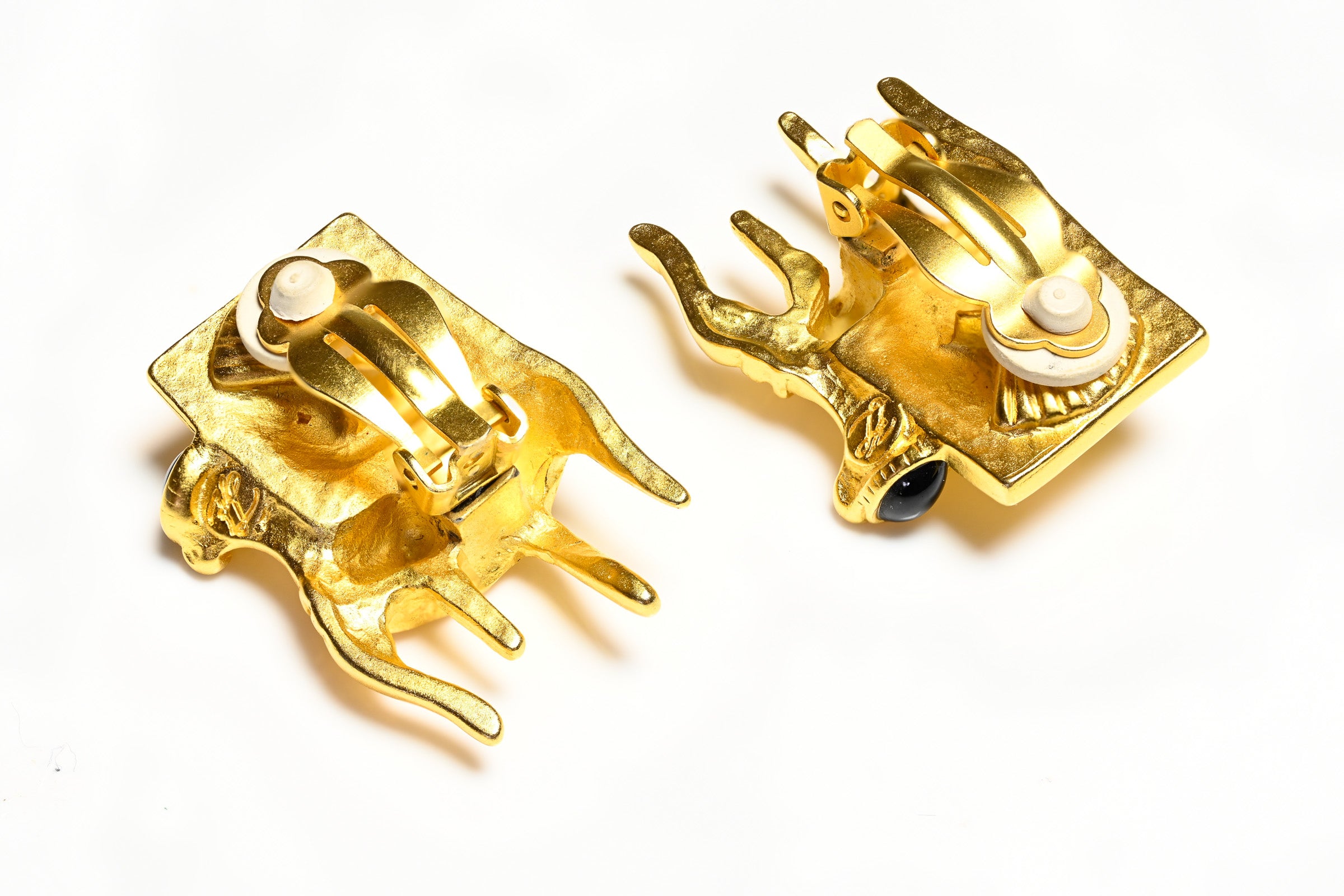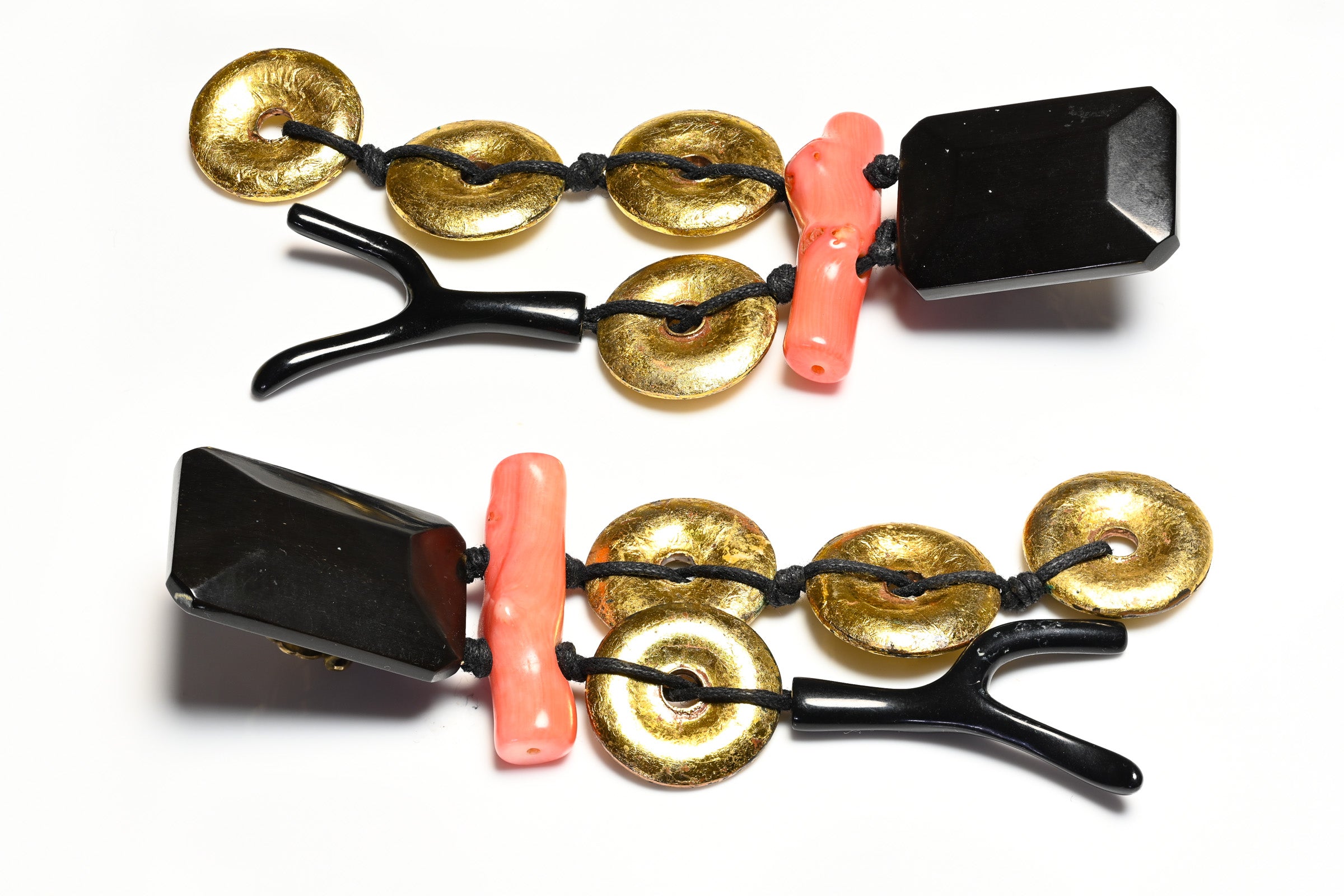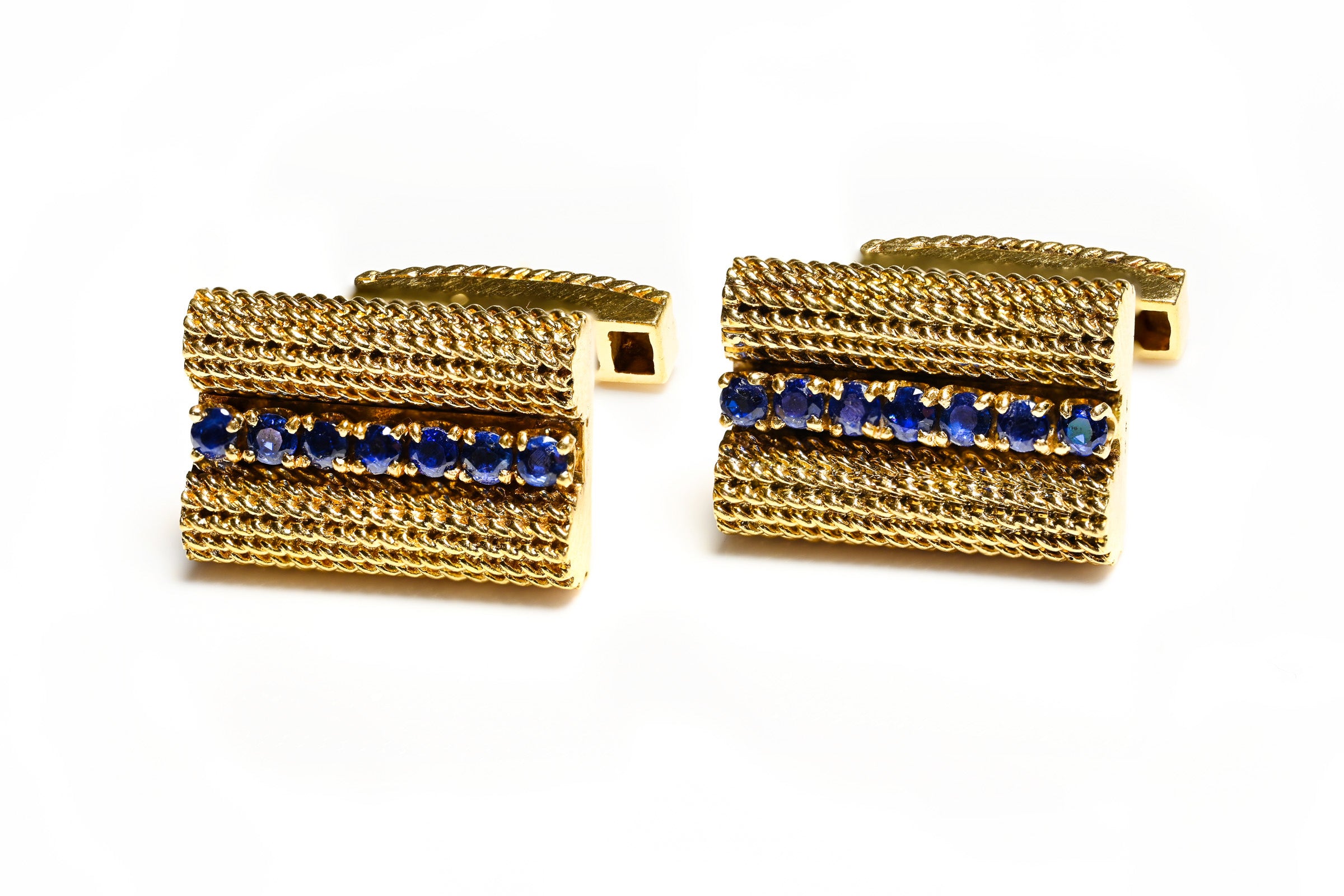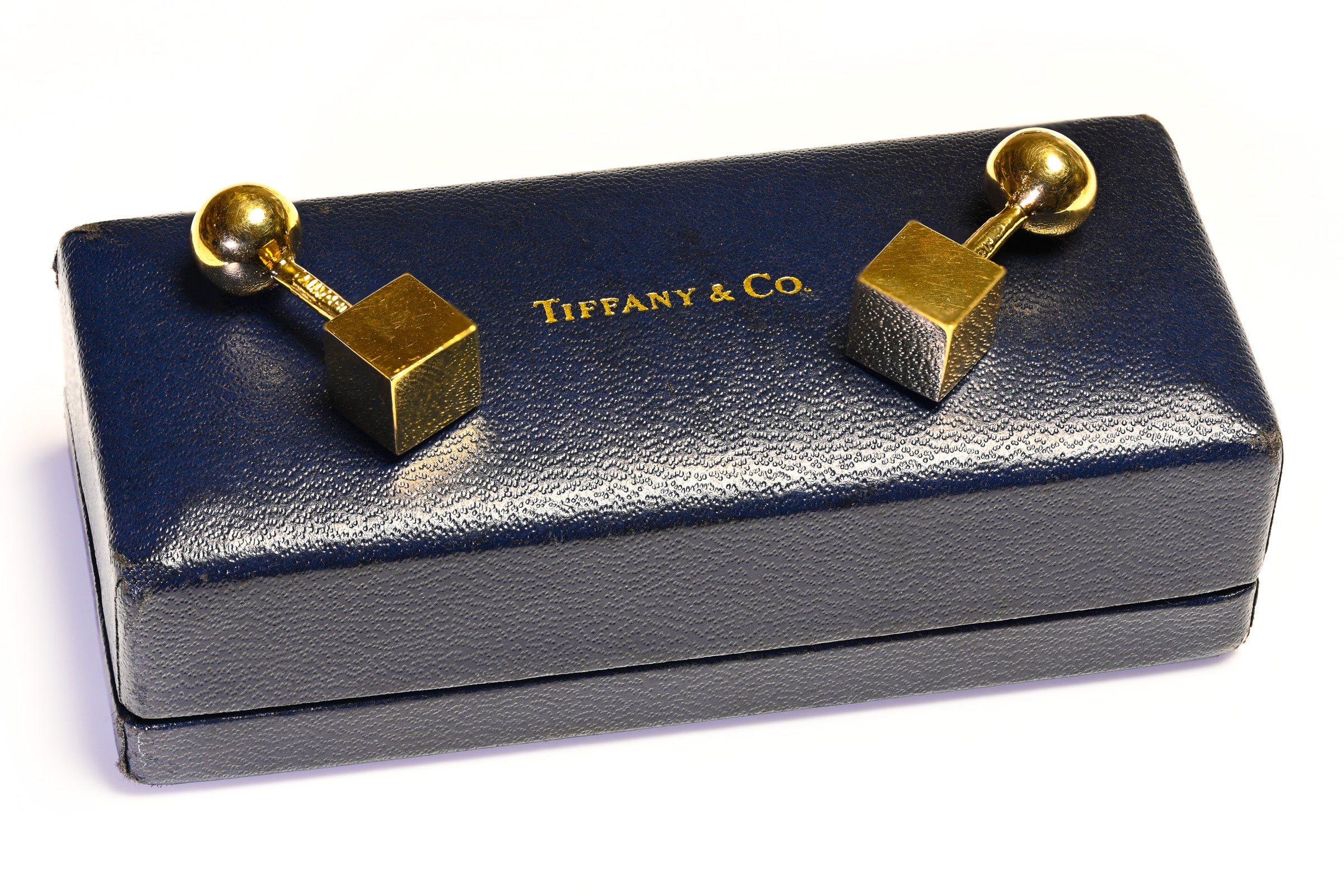
David Copperfield: Conquering The Great Wall | Magic Jewelry
There are few who have not heard of the famous magician David Copperfield and his unimaginable magic acts, such as "levitation", the disappearance of the Statue of Liberty, or walking through the Great Wall of China.
The charismatic magician managed to convince tens of millions of people that "magic" is real, keeping them breathless until the last second of every act he performed.
"An effortless thing for me in life… I always wanted to take what I did obviously, and do what I love. That was letting stories move and inspire people. It is not all about levitation. It's about theater shows; it's about time travel; it is about access to spaceships; it's about TV specials and owning islands, and it's about flying ducks and aliens and dinosaurs—nothing you can see within this ancient location," said David Copperfield, at one time, talking about performing illusions.
David Copperfield – Origins And Evolution
The future magician was born in 1956, in the town of Metuchen, New Jersey. His father, Hyman Kotkin, was the owner of a clothing store, and his mother, Rebecca, was an insurance agent.
Since childhood, David Copperfield has been drawn to all things mystical and mysterious.
As the magician himself recalls, his grandfather was a great influence on his future. In between studying the Torah and memorizing psalms, the grandfather entertained his grandson with card tricks.
In fact, David Copperfield repeated his first trick at the age of four.
At the age of 7, David performed in front of the local synagogue congregation and received a standing ovation from the audience.
At the age of 12, young magician David Copperfield, then called "Davino", joined the American Society of Magicians, becoming its youngest member.
At the same time, being a good student, David was quick to assimilate any information. He quickly memorized new exercises and composed tricks on the fly that simply boggled the imagination.
Four years later, at 16, David Copperfield was an adjunct professor at New York University, where he taught a course called "The Art of Magic".
At 18, he enrolled at New York City's Jesuit-based Fordham University, but three weeks into his freshman year he left to play the lead role in the musical The Magic Man in Chicago.
It was then he adopted the stage name David Copperfield, taken from the famous Charles Dickens novel.
And exactly 6 years later, in 1978, the promising young illusionist was invited to television, where he was offered the role of the host of the magic show "The Magic of ABC" on the American television channel ABC.
In the early eighties, the illusionist launched The Magic of David Copperfield on CBS. During the filming of the show, he decided by all means to realize his long-standing idea of creating large-scale illusions.
In almost all his stunts, the magician was assisted by his dedicated team of over 300 people.
In the 1990s, when David Copperfield was performing about 50 shows a month, huge truckloads of his props crossed borders with special permits without inspection to preserve the illusionist's secrets.
The Tricks And Magic Of David Copperfield
As David Copperfield's popularity grew, so did the extent of the illusions he showed the public.
In 1983, the illusionist made the famous Statue of Liberty disappear for a few minutes. In the trick, David raised a sheet in front of the statue and when he dropped it, Lady Liberty was gone. However, she was actually just hidden behind one of the towers that held the sheet up.
David Copperfield moved the platform everyone was on, using loud music so the audience wouldn't know or feel the shift. The move changed their perspective so the statue went behind the tower.
Another of David’s magic tricks is "Portal", in which he takes a member of the audience and transports both of them to a pre-selected location (Hawaii, the Hoover Dam, or Australia), before reappearing on stage.
This effect was introduced to David Copperfield’s show in 2001 and was featured in the television special Copperfield: Tornado of Fire.
Since 1992, David Copperfield has included in his repertoire the famous "Levitation" act, during which he appears to fly on stage for several minutes, while surrounded by audience members.
The flight is notable for its graceful motion and unencumbered appearance.
The method was created by John Gaughan. An essential contribution to making fluid movements was given by his assistant, dancer, and choreographer Joanie Spina.
During the act, David Copperfield flies acrobatically on the stage, performs a backflip in midair, and then has spinning hoops passed around him, supposedly to prove that he is not suspended by wires.
He then floats down into an acrylic glass box which has previously been examined by two audience members and continues to float inside after the box is covered.
An assistant walks over the top of the box, and David Copperfield walks upside down, moving his feet under the assistant's feet. He then selects a female volunteer from his audience and flies with her in a fashion similar to Superman carrying Lois Lane.
However, skeptics believe that David Copperfield was suspended by a special crane using special thin cables less than 1 mm in diameter. Such thin cables can hold up to 100 kg and cannot be seen with the naked eye.
Let’s talk for a minute about another mindblowing trick, "The Death Saw", which is presented as an escape gone wrong. Its best-known performer is, of course, David Copperfield.
David is secured to a table beneath a large buzzsaw or blade, which is set to descend upon them under the control of a timing mechanism. After being secured with various manacles, he is enclosed in a box. The saw is then set going.
After a while, the sides of the box fall away to reveal the performer struggling to escape the manacles. Finally, the saw drops before the performer has time to escape. The blade slices right through David Copperfield’s body.
The two halves of the table are rolled apart so that the performer is clearly separated into two sections. The performer then appears to command the whole process to reverse: The body halves go back together, the saw rises, and the box closes. Finally, the performer emerges unharmed from the box.
In 1986, David Copperfield went to China to perform the unbelievable penetration act across the Great Wall, entering from one side of the Badaling section of the ancient Chinese structure in full view, and exiting from the other side after about a minute and a half.
For more than 30 years, countless people have tried to crack David Copperfield’s magic, but until today, no one has succeeded.
Failed Tricks
Not all of David Copperfield's tricks were successful.
For example Las Vegas, 2013. British Gavin Cox, 57 years old at that time, was in the audience at one of David’s shows and was chosen by the magician to come on stage and make him disappear.
However, the joy of being with David Copperfield, his idol, turned into tragedy. The magician's assistant pushed Gavin through a secret tunnel and rushed him so hard that he stumbled, fell, and hit his head hard, suffering a brain injury.
The whole issue was resolved in 2018 when the judge found that David Copperfield was "not liable".
Accidents And Injuries
On March 11, 1984, while rehearsing an illusion called "Escape From Death" where he was shackled and handcuffed in a tank of water, David Copperfield became tangled in the chains and started taking in water and banging into the sides of the tank.
He was pulled from the water after 80 seconds, hyperventilating and in shock, taken to a Burbank hospital, and found to have pulled tendons in his arms and legs.
David Copperfield was in a wheelchair for a week and used a cane for a period thereafter.
Also, in 1989, while doing a rope trick at a show in Memphis, the illusionist accidentally cut off the tip of his finger with sharp scissors. David Copperfield was rushed to the hospital and the fingertip was reattached.
On December 17, 2008, during a live performance in Las Vegas, a 26-year-old assistant named Brandon was sucked into the spinning blades of a 12 feet high industrial fan that David was walking through.
The assistant sustained multiple fractures to his arm, severe bleeding, and facial lacerations that required stitches. David Copperfield canceled the rest of the performance and offered the audience members refunds.
Outside The Magic Show
On the literary front, David joined forces with Dean Koontz, Joyce Carol Oates, Ray Bradbury, and others for "David Copperfield’s Tales of the Impossible," an anthology of original fiction set in the world of magic and illusion.
This collection was so well received that a second volume was published, "David Copperfield's Beyond Imagination."
As for his personal life, in 1993, at a Berlin celebrity gala, David met German supermodel Claudia Schiffer when he brought her on stage to participate in a mind-reading act and his flying illusion. In January 1994, they became engaged.
During the engagement, Schiffer sometimes appeared on stage with David Copperfield to act as his special guest assistant in illusions, including being sawed in half.
After a nearly six-year engagement, in September 1999, David and Claudia announced their separation, citing work schedules.
David Copperfield Won Awards
He’s the first living illusionist to be honored with a star on the Hollywood Walk of Fame.
David Copperfield was knighted by the French government.
He—along with Steven Spielberg, Martin Scorsese, and Colin Powell—received the Living Legend award from the United States Library of Congress.
He has been named Magician of the Century and Magician of the Millennium.
Also, David Copperfield’s face graces the postage stamps of six different countries, making him the only living magician to receive this honor.
The magician won over 21 Emmy awards for his groundbreaking television specials.
David Copperfield holds 11 Guinness World Records and has sold more tickets than any other solo entertainer in history, with ticket sales in the billions—more than Frank Sinatra, more than Michael Jackson, more than Elvis.
David Copperfield In The Present
To the delight of fans and "magic" lovers, David is still performing at the MGM Grand Las Vegas.
In 2010, the famed illusionist briefly left his post in Las Vegas to perform on the Season 5 finale of "America's Got Talent".
Illusion Or More?
When we always talk about illusions or magic acts, people's imaginations will fly like a rocket among the stars, especially when it comes to David Copperfield.
And many, with the exception of career skeptics, will wonder: "Is it just a trick or is there more?" And David Copperfield's numbers have been a constant source of that question.
Surely you have seen movies where the heroes have paranormal abilities and can levitate, throw spider webs, turn into the Hulk, or become invisible.
Also, over the years, the existence of certain special abilities such as clairvoyance or even levitation has been discussed and investigated in the scientific community.
Therefore, for those who think such exceptional abilities are real, what David Copperfield did and still does on stage is anything but illusions or tricks.
Given that illusionists and magicians guard their secrets and tricks with sanctity, we are often left to speculate as to "what it is" or "how it was done".
It is, therefore, natural that one of the big questions that many people would like to ask David Copperfield when opportunity knocks on their door is: "Was it all a trick, or is there more to it?"
Jewelry as Symbols of Magic and Mystery
Just as David Copperfield's illusions have left audiences mystified, certain objects throughout history have carried an air of magic and wonder. Among these are pieces of jewelry, often believed to hold mysterious powers and deep symbolic meaning, much like the world of illusion itself.
Jewelry, much like the art of magic, has a timeless connection to the mystical and the unknown. Throughout history, various cultures have attributed magical qualities to gemstones and intricate jewelry designs. From talismans that were believed to bring good fortune to amulets thought to ward off evil spirits, jewelry has long been more than just an adornment; it has carried deep symbolic meaning, much like the illusions crafted by David Copperfield.
For example, ancient civilizations often believed that specific gemstones held the power to heal, protect, or enhance the wearer’s abilities. The opal, with its shifting colors, was once thought to grant invisibility, while the sapphire was believed to bring wisdom and clarity—concepts not unlike the awe-inspiring acts of levitation and disappearance that Copperfield performs on stage.
Just as David Copperfield creates an illusion that transports audiences into a realm of possibility and wonder, jewelry has the power to transform its wearer. A single piece can evoke a sense of mystery, elegance, and even magic. Much like a magician concealing his secrets, jewelers craft their pieces with layers of meaning, each gemstone or design element adding to the allure of the unknown.
Whether it's a ruby thought to ignite passion, a diamond symbolizing eternal strength, or an emerald representing rebirth, these gemstones have captivated people's imaginations for centuries. And in many ways, this connection between jewelry and magic persists today, with fine jewelry often carrying stories and secrets of its own—much like the tricks that Copperfield so masterfully performs.
In essence, both magic and jewelry share a common thread: they captivate, inspire, and leave us wondering what lies beneath the surface. Copperfield’s illusions may fade from the stage, but the enchantment of jewelry, imbued with mystery and symbolism, endures, reminding us that some forms of magic are, indeed, eternal.






